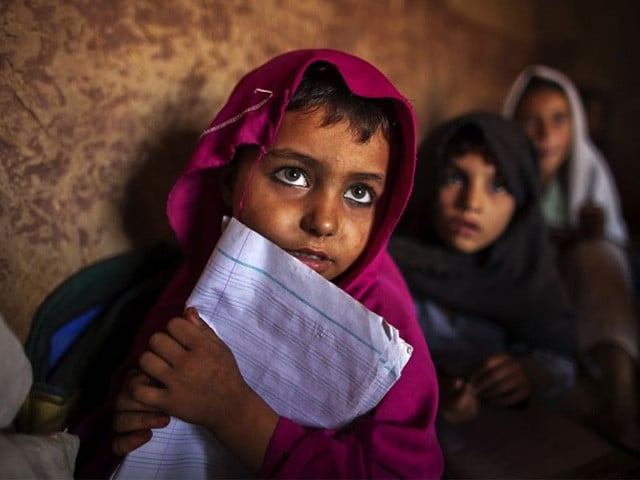NAWABSHAH: Provincial and district governments have been urged to include peasants and rural workers’ children in programmes and policies to safeguard their future and guarantee their right to life, health, and education in Sindh.
To commemorate Universal Children’s Day, various school clubs in Benazirabad came together at a funfair organized jointly by the Hari Welfare Association (HWA) and the Social Welfare Department (SWD). This year’s theme for the event is ‘Equality and Inclusion.’
Maryam, a leader of one of the child clubs, highlighted that in 2021, there were 885 reported cases of violence against children in Sindh, including 455 cases of sexual abuse, 139 abductions, 245 missing children, and 47 child marriages.
The districts most vulnerable to child sexual abuse were identified as Khairpur, Dadu, Sanghar, Nusheroferoz, and Karachi. These cases indicate that the state and relevant authorities are not ensuring the protection of children in any manner.
She further stated that in 2020, there were 861 reported cases of violence against children, including 390 cases of child sexual abuse, 190 abductions, 231 cases of missing children, and 81 cases of child marriages.
Anas, another leader of a child club, shared that in 2016-17, Pakistan Education Statistics reported that 6.4 million children, including 3.3 million girls, were out of school in the province.
In 2019, 10.5 percent of schools in Sindh had Children with Disabilities (CWDs), and 0.11 percent of children in schools had some form of disability. Among CWDs in Sindh, 36.2 percent were girls and 63.8 percent were boys.
Anas added that these children were unable to attend school due to poverty, lack of awareness, inadequate educational facilities, the government’s insufficient investment in education, and higher rates of corporal punishment.
Alishba, another child club leader, stated that the high illiteracy rate in the province is a result of a feudal structure that perpetuates poverty and marginalization for the poor.
Akram Ali Khaskheli, the President of HWA, mentioned that the budget of the Sindh Education and Literacy Department increased from Rs197.368 billion in 2020-21 to Rs222.102 billion in 2021-22. Despite these claims of increased funding, 6.4 million children are still out of school, and the number of schools has decreased.
The Sindh government has received loans from foreign donors such as JICA, World Bank, European Union, and USAID.
He noted that the total number of schools was 49,211 in 2006-07, but it dropped to 42,383 in 2016-17. Similarly, the number of schools for girls decreased from 8,958 in 2006-07 to 5,385 in 2016-17.
After the 18th Amendment, the Sindh government started receiving more finances from the federal government. However, instead of expanding, the number of schools has decreased.
HWA observed that thousands of schools have been neglected and have turned into cattle pens due to the authorities’ negligence.
According to HWA’s estimates, there are over 1.7 million bonded laborers in Sindh, with more than 700,000 of them being children who are forced to work and live in deplorable conditions in agriculture by their landowners.
Imam Bux Arrisar, the Regional Director of Sindh Education Foundation (SEF), stated, “The Sindh government and Sindh Education Foundation are making concerted efforts to provide quality education to children living in remote areas of the province.”

